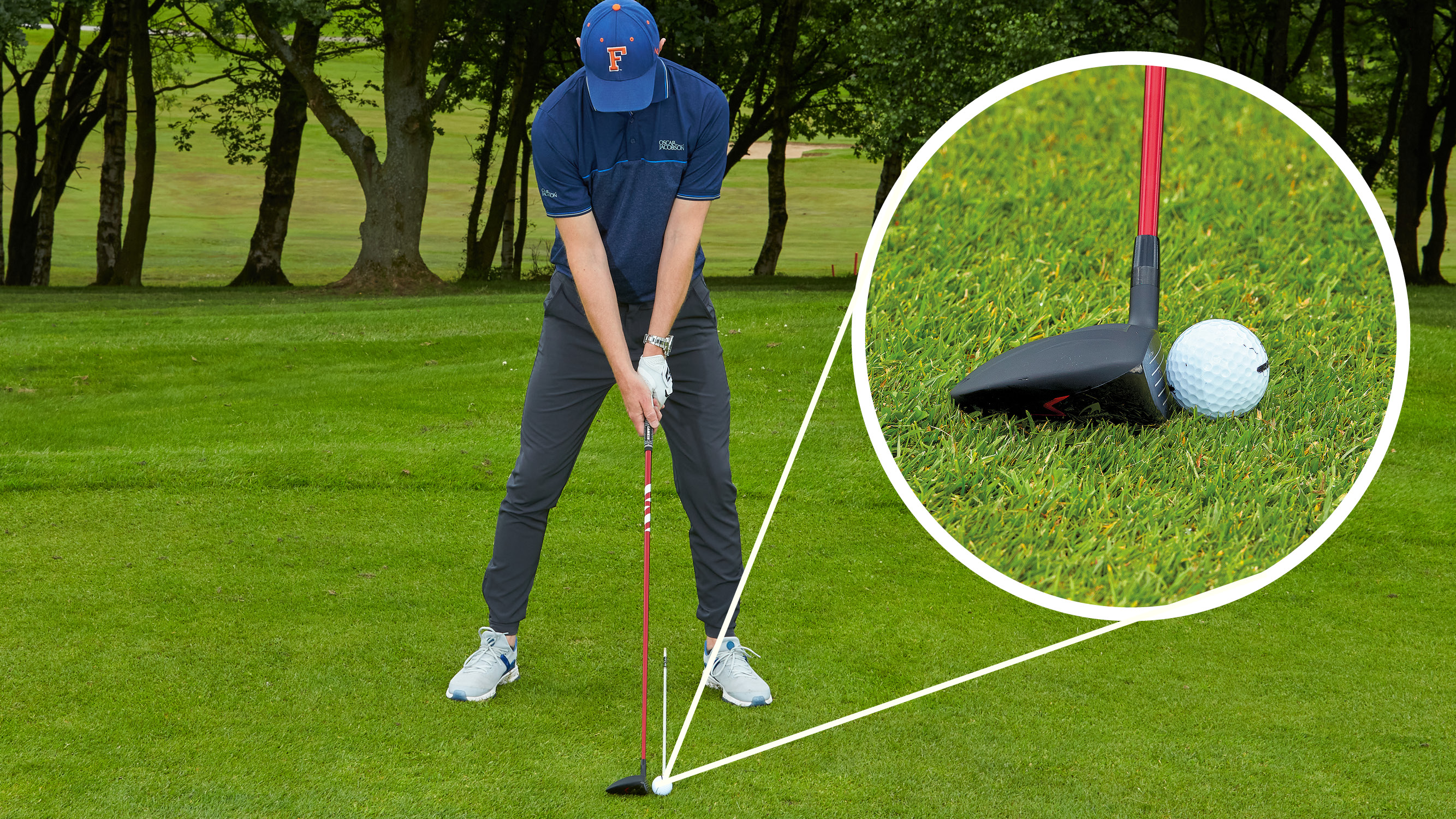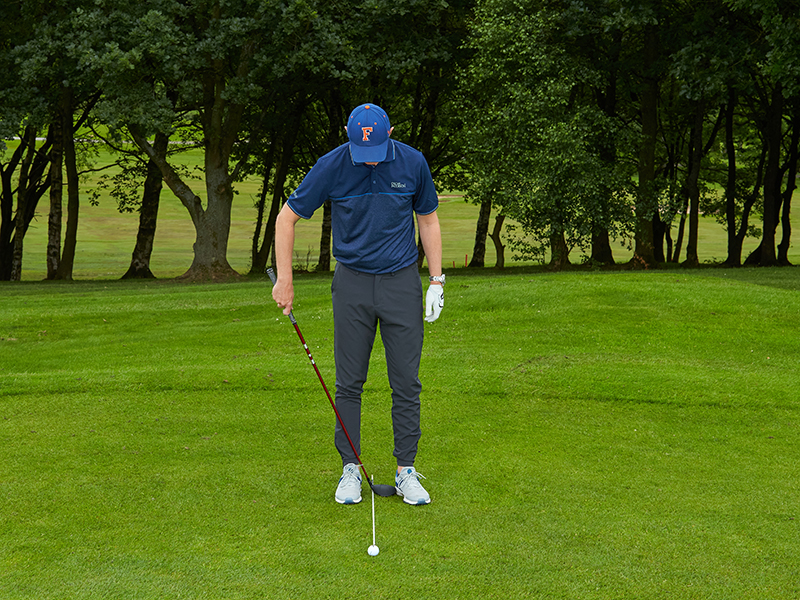These 3 Expert Fairway Wood Tips Hold The Key To Better Ball Striking
A fairway wood can be one of the most useful clubs in the bag, but many amateurs struggle to utilise it effectively. Our expert tips can change that for good...


For many amateur golfers, adding a fairway wood to the bag can be a shrewd move – but without the right expert tips they can quickly become frustrated with poor strikes and unpredictable misses.
Fairway woods provide a great alternative to driver on certain holes, or offer players the chance to attack that long par-5 that always seems out of reach, but how can we ensure consistently sweet strikes?
In this video and article, Golf Monthly Top 50 Coach Ged Walters shares three top tips for better ball striking with your fairway woods...
1. Set-Up
For many amateur golfers, fairway woods can be tricky to hit… and there are a couple of reasons for that. Firstly, the face of the club is quite small in relation to the size of the golf ball and secondly we try to sweep the ball in an attempt to make it travel a long distance.
We don’t want to treat a fairway wood swing like we would a driver. The club will brush the ground, and it might have a 'sweeping' motion, but our intent is crucial.
One of the biggest differences is your set-up, as a lot of golfers either have their ball position too central or go extreme and adopt more of a driver position. Set-up with the ball in the middle of your feet, move your lead foot towards target around 3 or 4 inches, and then move your trail foot back to take your stance.
You must go through a routine each time to ensure your ball position is correct, and to give yourself the best chance of striking it well consistently. Try using the clubhead width with your fairway wood as a guide to determine the correct ball position just inside the lead foot (as shown in the image below).
Subscribe to the Golf Monthly newsletter to stay up to date with all the latest tour news, equipment news, reviews, head-to-heads and buyer’s guides from our team of experienced experts.

2. Intent
You also need to consider your intent. The golf ball is on the ground, so contact with the turf is necessary to execute the shot. It’s important not to try and get underneath it, however, as this often causes us to lean back and will result in topped and thinned shots.
This is also the case when the ball is too far back in the stance or when players lean back in the swing. Instead, imagine you are hitting an 8-iron, you ideally want the fairway wood to travel in a similar fashion - down towards the ground, taking ball first and ground second (at the angle indicated by alignment stick).
As you can see in the video above, there was very little ground contact on the strike but there was a downward intent that sent the golf ball up in the air.

3. Club Selection
Remember, you don't have to go for a 3-wood, as there are plenty of options available. Why not try a 5-wood? This club is a little bit shorter in shaft length, has increased loft and more forgiveness. If you flight it better with a 5-wood, you could even see increased distance in comparison to a poorly executed 3-wood shot and ultimately achieve more consistently favourable results.

Location: True Fit Golf Centre
Using different styles, teaching aids, technology and games to measure improvements, Ged is keen to make the learning process educational and fun. He's worked with a number of top local, national and international instructors, including Adrian Fryer and Jeff Ritter, one of the most prominent golf instructors in America. He's based at True Fit Golf Centre in Warrington, where he can be found coaching golfers of all abilities. He's also working hard on his own game with the aim of playing on the senior Tour (when the time comes).
Students learn best when...
They leave their baggage at the door; this way they will garner a clearer understanding of their issues and how they can
improve.
Advice for practice:
Don't go rogue! You will never improve if you don't practice how your coach has told you to.
Most common problem:
Too many golfers judge if they have done what you ask by the outcome, yet that will not always be what they want to see when making changes. Focus on the process and the outcome will take care of itself.
-
 Debate: If You Could Have One Golfing Superpower, What Would It Be?
Debate: If You Could Have One Golfing Superpower, What Would It Be?Something as simple as never missing a putt or being able to drive it more than 400 yards? What would your golfing superpower be if you could choose one?
-
 Cobra DS-ADAPT vs Ping G440 Hybrid: Read Our Head-To-Head Verdict
Cobra DS-ADAPT vs Ping G440 Hybrid: Read Our Head-To-Head VerdictTwo of our favorite hybrids of 2025 are the Ping G440 and the Cobra DS-ADAPT, but which one is best for you? Let's put them up against each other to find out.